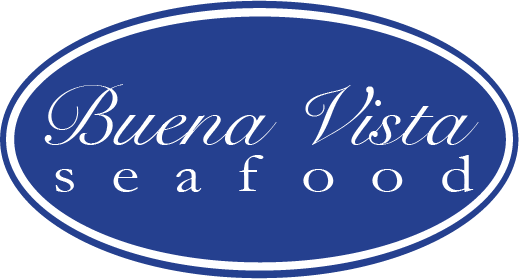Seafood Watch
Guiding Principles
Guiding Principles Seafood Watch defines sustainable seafood as originating from sources, whether fished1 or farmed that can maintain or increase production in the long-term without jeopardizing the structure or function of affected ecosystems.
The following guiding principles illustrate the qualities that aquaculture farms must possess to be considered sustainable by the Seafood Watch program.
Sustainable aquaculture farms and collective industries, by design, management and/or regulation, address the impacts of individual farms and the cumulative impacts of multiple farms at the local or regional scale by:
1. Having robust and up-to-date information on production practices and their impacts available for analysis; Poor data quality or availability limits the ability to understand and assess the environmental impacts of aquaculture production and subsequently for seafood purchasers to make informed choices. Robust and up-to-date information on production practices and their impacts should be available for analysis.
2. Not allowing effluent discharges to exceed, or contribute to exceeding, the carrying capacity of receiving waters at the local or regional level; Aquaculture farms minimize or avoid the production and discharge of wastes at the farm level in combination with an effective management or regulatory system to control the location, scale and cumulative impacts of the industry’s waste discharges.
3. Being located at sites, scales and intensities that maintain the functionality of ecologically valuable habitats; The siting of aquaculture farms does not result in the loss of critical ecosystem services at the local, regional, or ecosystem level.
4. Limiting the type, frequency of use, total use, or discharge of chemicals to levels representing a low risk of impact to non-target organisms; Aquaculture farms avoid the discharge of chemicals toxic to aquatic life or limit the type, frequency or total volume of use to ensure a low risk of impact to non-target organisms.
5. Sourcing sustainable feed ingredients and converting them efficiently with net edible nutrition gains; Producing feeds and their constituent ingredients has complex global ecological impacts, and the efficiency of conversion can result in net food gains or dramatic net losses of nutrients. Aquaculture operations source only sustainable feed ingredients or those of low value for human consumption (e.g. by-products of other food production), and convert them efficiently and responsibly.
6. Preventing population-level impacts to wild species or other ecosystem-level impacts from farm escapes; Aquaculture farms, by limiting escapes or the nature of escapees, prevent competition, reductions in genetic fitness, predation, habitat damage, spawning disruption, and other impacts on wild fish and ecosystems that may result from the escape of native, non-native and/or genetically distinct farmed species. 1 “Fish” is used throughout this document to refer to finfish, shellfish and other invertebrates.
7. Preventing population-level impacts to wild species through the amplification and retransmission, or increased virulence of pathogens or parasites; Aquaculture farms pose no substantial risk of deleterious effects to wild populations through the amplification and retransmission of pathogens or parasites, or the increased virulence of naturally occurring pathogens.
8. Using eggs, larvae, or juvenile fish produced from farm-raised broodstocks thereby avoiding the need for wild capture; Aquaculture farms use eggs, larvae, or juvenile fish produced from farm-raised broodstocks thereby avoiding the need for wild capture, or where farm-raised broodstocks are not yet available, ensure that the harvest of wild broodstock does not have population-level impacts on affected species. Wild-caught juveniles may be used from passive inflow, or natural settlement.
9. Preventing population-level impacts to predators or other species of wildlife attracted to farm sites; Aquaculture operations use non-lethal exclusion devices or deterrents, prevent accidental mortality of wildlife, and use lethal control only as a last resort, thereby ensuring any mortalities do not have population-level impacts on affected species.
10. Avoiding the potential for the accidental introduction of secondary species or pathogens resulting from the shipment of animals; Aquaculture farms avoid the international or trans-waterbody movements of live animals, or ensure that either the source or destination of movements is biosecure in order to avoid the introduction of unintended pathogens, parasites and invasive species to the natural environment.

